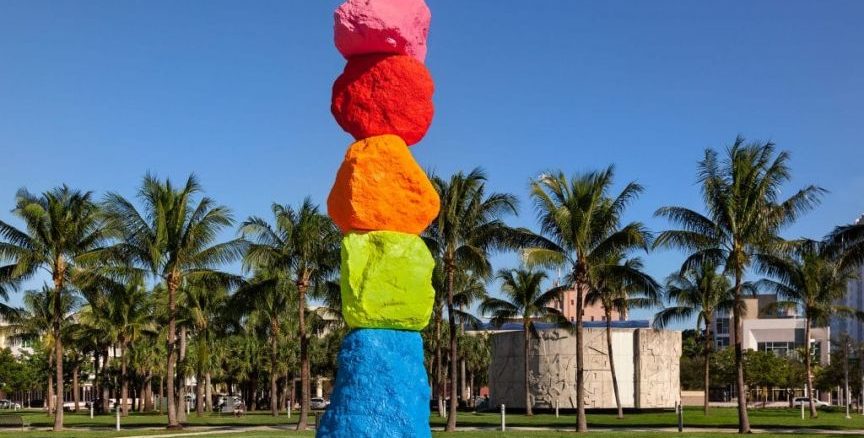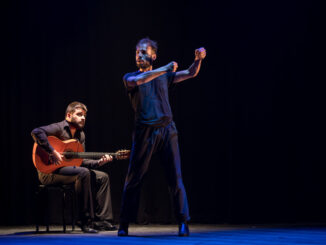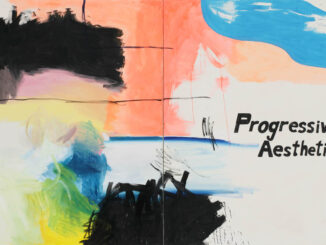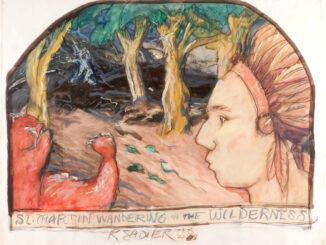
Ugo Rondinone’s Miami Mountain follows his iconic mountain series, recognizable for their brightly colored, fluorescent contrasting palates.
Miami Mountain is the latest in the series and has been acquired by The Bass. The work, towering 42 feet tall, is permanently installed in Collins Park, on the corner of 21st Street and Collins Avenue. It is the first of its kind to be acquired by a museum and signifies the launch of The Bass’ new acquisitions initiative, a ten year program to acquire contemporary works into the permanent collection.
Rondinone’s first foray into monumentalizing the mountain series came in May 2016 when he unveiled Seven Magic Mountains, a site specific installation comprised of 35 megalithic boulders, stacked into seven columns situated in the desert outside of Las Vegas, Nevada. Miami Mountain, a singular column, consists of five boulders, boasting fluorescent colors and is considered to be one of the most important works of land art in the past 40 years.
Mediating between geological formations and abstract compositions, Rondinone’s Miami Mountain traveled across the country to Miami Beach this fall. The work finds its geological inspiration in the “hoodoo” rock formations of the North American Badlands. Hoodoos are naturally occurring stacks of rock which form as the silt and sediment at the edge of plateaus washes away over time, leaving only the densest earth behind.
The tradition of stacking stones atop one another has existed across cultures for thousands of years. Cairns, or stone piles, carry diverse and dynamic cultural significance. A common thread amongst ancient and modern cairn builders alike is the designation of time and place. Miami Mountain follows in this tradition as a lone demarcation, a moment in time frozen forever.
The sublime forces of time and nature are a recurring motif within Rondinone’s practice. His work often evokes the tensions between the immediate present and the inconceivable eventual. His interest in what he calls “primitive materials” such as the boulders in the case of Miami Mountain, stems from contemplation, stillness and inaction. The materials at their core are ancient.
Miami Mountain extends Rondinone’s long-running interest in natural phenomena and their reformulation in art. The titles and forms of his paintings and sculptures have frequently evoked primordial phenomena such air, moons, the sun, and the cosmos. Referring concurrently to the natural world, romanticism, and existentialism, Miami Mountain encapsulates a sort of mental trinity that has underpinned the artist’s work for more than two decades. In a new iteration of themes and materials, Miami Mountain creates a sense of romantic minimalism.
Bass Museum of Art,
2100 Collins Ave,
Miami Beach, FL 33139
www.thebass.org




Be the first to comment